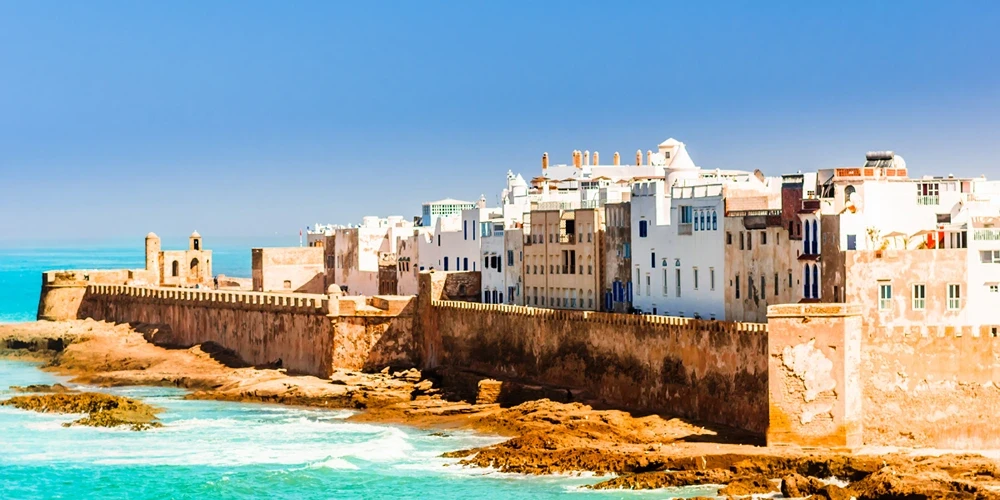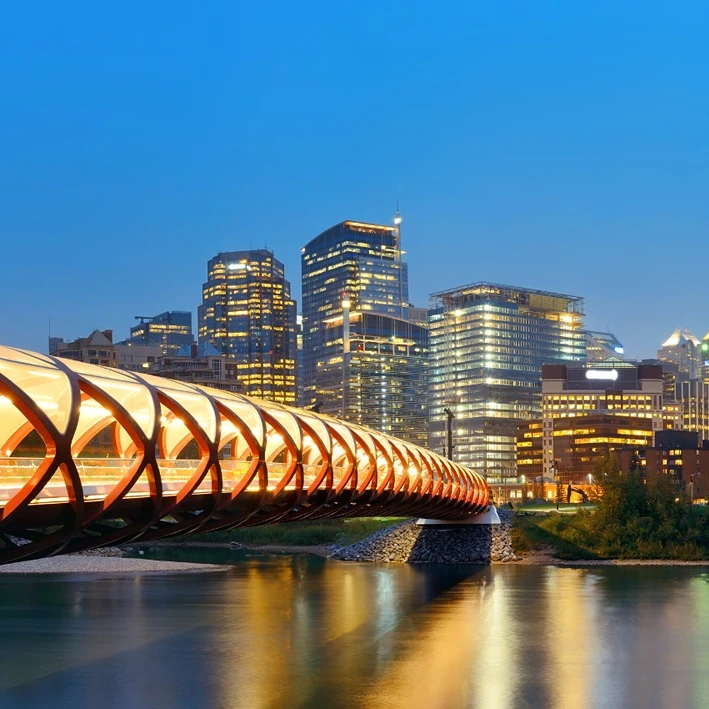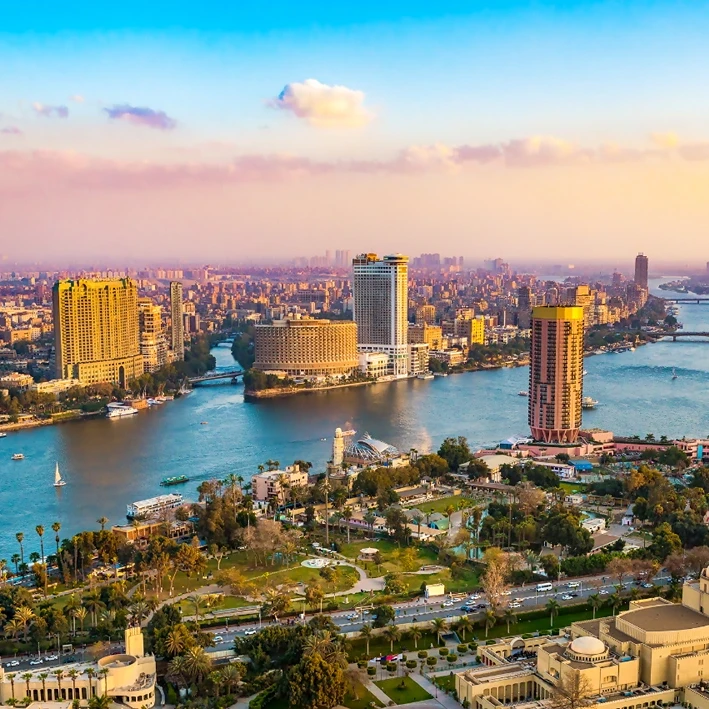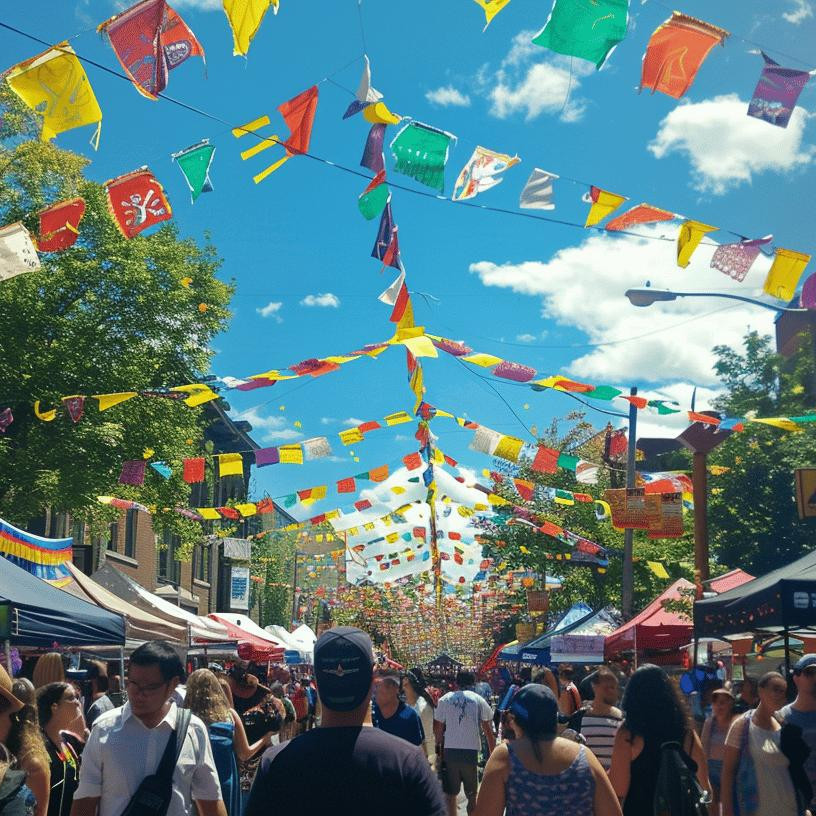Ever wondered where to find the soul of Morocco? Imagine a land where ancient medinas echo with calls to prayer and bustling souks offer a sensory overload of sights, sounds, and smells. Morocco is a treasure trove of unique experiences, each city offering its own slice of this rich tapestry. From the vibrant streets of Marrakech to the serene blue alleys of Chefchaouen, our guide to the best places to visit in Morocco will navigate you through the must-see destinations. Dive into a world of history, culture, and unparalleled beauty. To make the most of your journey, it’s crucial to know the best time to travel to Morocco. The country’s diverse climate means that different regions are best visited at different times of the year. For instance, spring and fall are ideal for exploring cities like Marrakech and Fez, while the summer months are perfect for coastal destinations like Essaouira and Agadir. Planning your trip around these optimal times can ensure a more comfortable and enjoyable experience.
Table of Contents
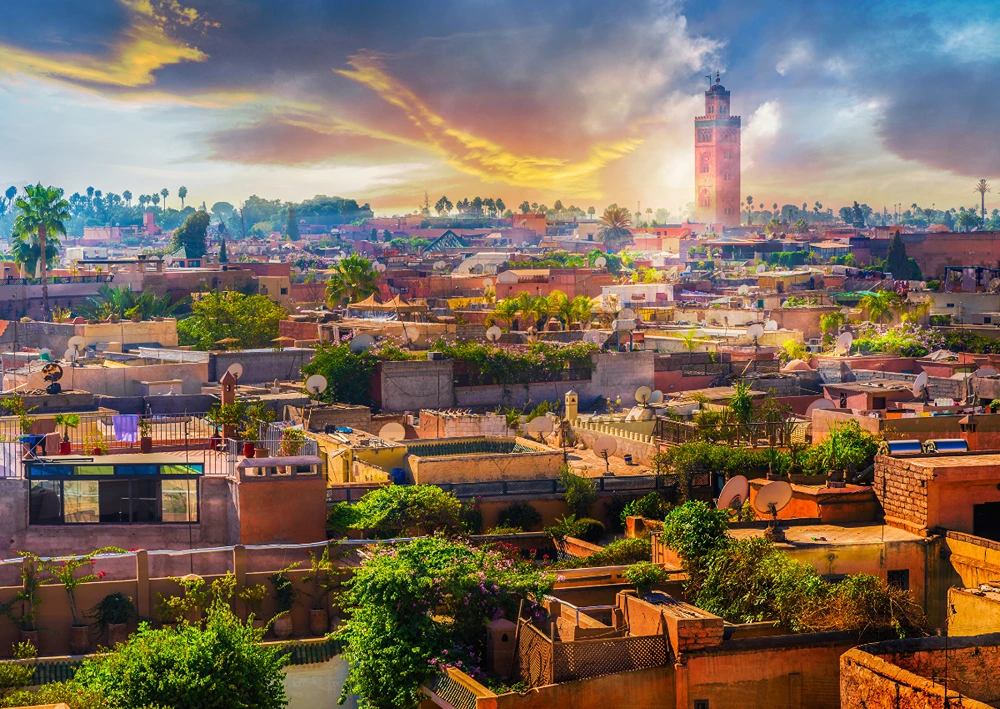
Exploring Marrakech: The Heart of Morocco
Marrakech, often called the “Red City” due to its distinctive sandstone buildings, is the most popular destination in Morocco. Founded in 1070 AD, this vibrant city has served as a cultural and economic hub throughout its history. Marrakech’s rich heritage is visible in its ancient palaces, bustling markets, and grand mosques. As a melting pot of Berber, Arab, and French influences, the city offers a unique blend of historical and modern attractions that captivate visitors from around the world.
Key attractions in Marrakech include the lively Jemaa el-Fnaa square, where street performers and food vendors create a dynamic atmosphere. The city is also home to historic sites such as the Bahia Palace and the Saadian Tombs, which showcase stunning examples of Moroccan architecture. The Marrakech souks are a must-visit for those looking to experience traditional Moroccan markets, offering everything from spices to handmade crafts. Additionally, the Majorelle Garden provides a serene escape with its lush greenery and striking blue buildings.
Top Attractions in Marrakech:
- Jemaa el-Fnaa
- Bahia Palace
- Saadian Tombs
- Marrakech Souks
- Majorelle Garden
When visiting Marrakech, travelers should take time to explore the city at a leisurely pace to fully appreciate its cultural richness. Understanding the intricacies of getting around in Morocco can significantly enhance your travel experience. Whether you choose to navigate the bustling streets of Marrakech by foot, taxi, or even a traditional horse-drawn carriage, knowing your options will help you make the most of your visit. The city’s layout, with its mix of ancient medinas and modern districts, offers a unique challenge and delight for travelers. Early mornings and late afternoons are ideal for exploring outdoor attractions to avoid the midday heat. Engaging with local vendors and artisans in the souks can provide deeper insights into Moroccan craftsmanship and traditions. For a unique experience, consider staying in a traditional riad, a type of guesthouse with a central courtyard, providing an authentic taste of Moroccan hospitality.
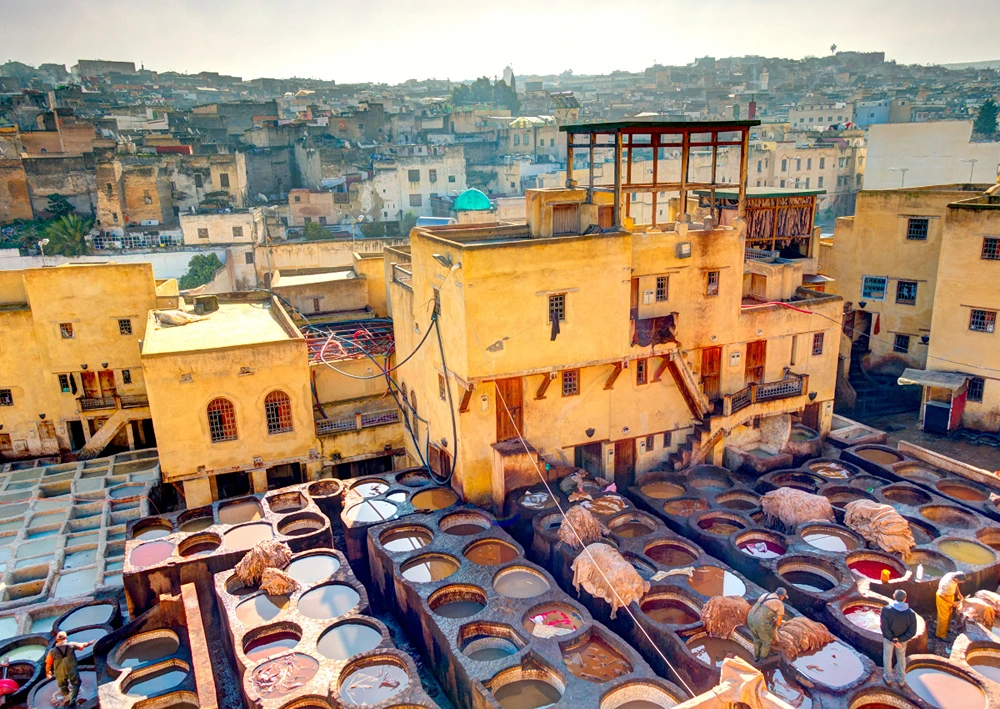
The Historical Depths of Fez
Fez, located in northern Morocco, is often referred to as the cultural capital. This ancient city is a labyrinth of narrow streets and alleys filled with madrasas, palaces, residences, and mosques dating back to the 9th century.
Fes el Bali
Fes el Bali is the oldest walled part of Fez and a UNESCO World Heritage site. It is one of the world’s largest car-free urban areas, filled with historical buildings, bustling souks, and traditional Moroccan homes. Visitors can wander through its maze-like streets to experience the rich history and culture that define this ancient medina.
Al Quaraouiyine University
Al Quaraouiyine University, founded in 859 AD, is considered the oldest existing, continually operating higher educational institution in the world. Initially established as a madrasa, it has played a significant role in the intellectual history of the Muslim world. The university’s stunning architectural features include intricate tile work, carved wood, and beautiful courtyards.
Bou Inania Madrasa
Bou Inania Madrasa is a historic religious school founded in the 14th century. It is one of the few religious places in Morocco that non-Muslims are allowed to enter. The madrasa is renowned for its exquisite architecture, including elaborate stucco decoration, carved wood, and a stunning green-tiled minaret.
Royal Palace of Fez
The Royal Palace of Fez, also known as Dar el Makhzen, is a significant architectural and historical landmark. Although the palace itself is not open to the public, its grand gates are a sight to behold, adorned with intricate mosaic tiles and massive brass doors crafted by skilled artisans.
Fez offers a unique cultural experience, with its traditional tanneries being a highlight. The tanneries showcase the ancient art of leather making, where visitors can observe the process from raw hides to finished products. Engaging with local craftsmen in Fez provides a deeper understanding of Moroccan artistry and heritage. However, it’s also essential to be aware of the money and costs for Morocco to budget your trip effectively. From the cost of accommodations and meals to the price of souvenirs and entrance fees to historical sites, understanding the financial aspects can help you plan a more seamless and stress-free travel experience. Knowing the local currency, exchange rates, and typical expenses will enable you to enjoy your Moroccan adventure without financial surprises.
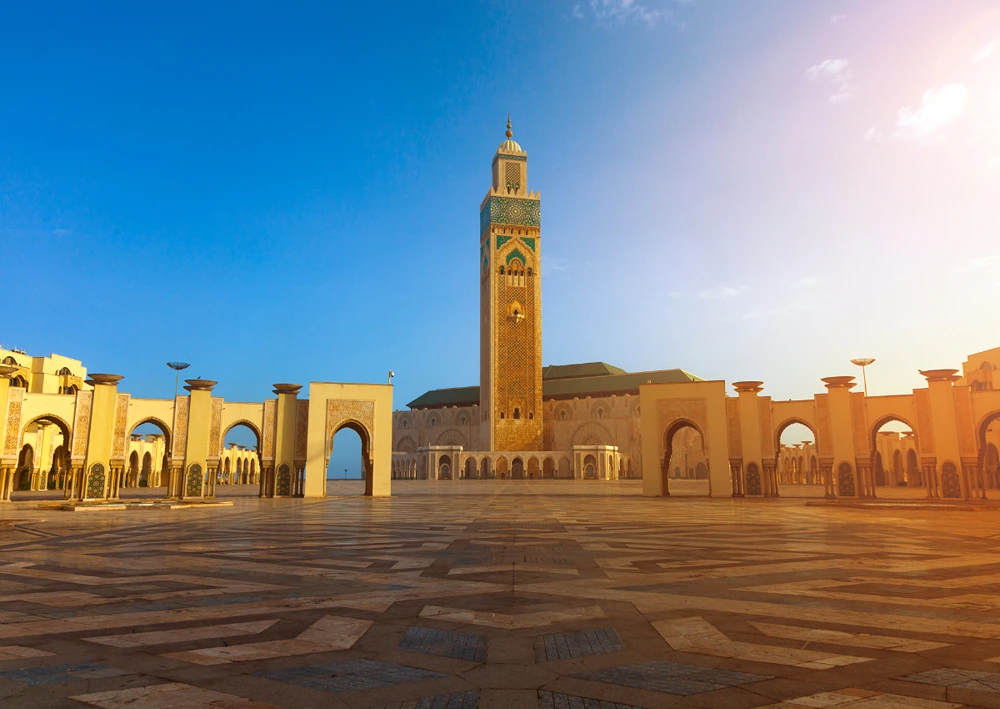
Casablanca: A Modern Marvel
Casablanca, Morocco’s largest city, is a dynamic blend of modernity and tradition. Known for its bustling urban atmosphere, the city showcases contemporary architecture alongside historic landmarks. The Hassan II Mosque, a prime example of this fusion, stands majestically by the sea, drawing visitors with its intricate designs and panoramic views. The Corniche Casablanca offers a picturesque coastal promenade, perfect for leisurely strolls and enjoying the ocean breeze. Meanwhile, Quartier Habous, or the “New Medina,” features a unique mix of French colonial and traditional Moroccan architectural styles, providing a charming contrast to the city’s modern skyline.
Major Attractions in Casablanca:
- Hassan II Mosque
- Corniche Casablanca
- Quartier Habous
The unique blend of cultures in Casablanca is evident in its diverse neighborhoods and vibrant street life. Visitors can explore bustling markets, savor a variety of Moroccan and international cuisines, and experience the city’s nightlife. The juxtaposition of sleek skyscrapers with traditional Moroccan elements creates a cityscape that is both captivating and distinctive. This cultural amalgamation makes Casablanca a compelling destination for travelers seeking to experience the multifaceted essence of Morocco.
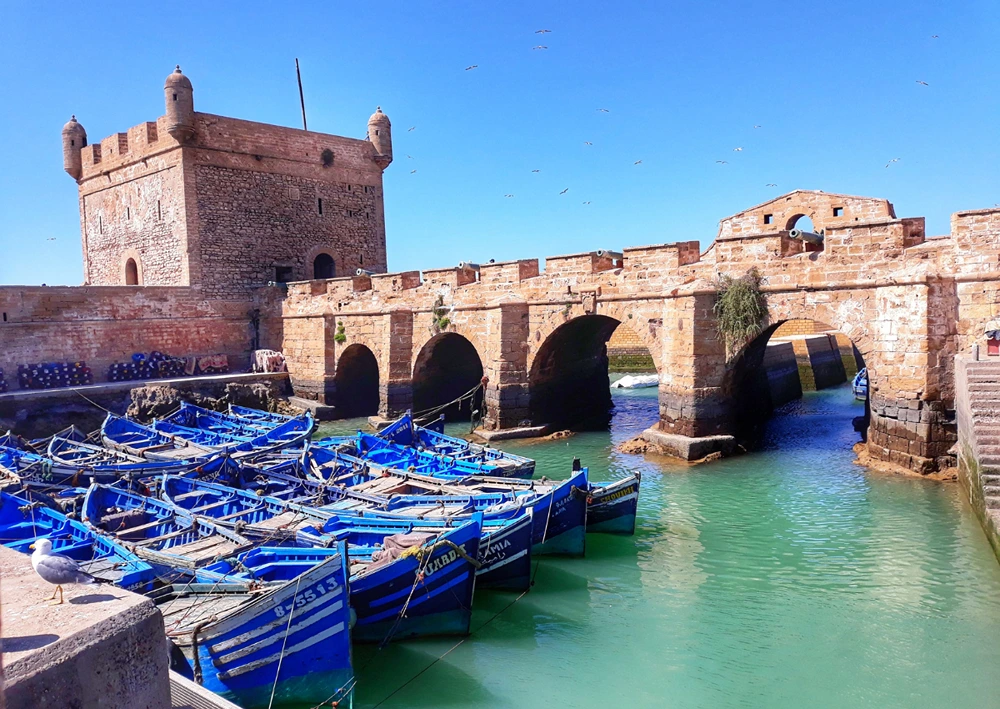
The Coastal Charm of Essaouira
Essaouira, a coastal town steeped in 18th-century history, boasts a UNESCO-listed medina characterized by its iconic blue and white buildings and winding streets. This picturesque medina, originally known as Mogador, is a testament to Essaouira’s rich cultural heritage and historical significance. Visitors can explore the narrow alleys, discovering hidden gems such as artisan shops, traditional markets, and historical landmarks. The town’s strategic location along the Atlantic coast made it an important trading post, which is still evident in its well-preserved fortifications and bustling port.
Essaouira is renowned for its fresh seafood, which is a staple of Moroccan cuisine in this region. Local restaurants and food stalls offer a variety of dishes, from grilled sardines to seafood tagines, providing a delightful culinary experience. The town’s vibrant arts scene is another highlight, with numerous galleries and workshops showcasing traditional Moroccan crafts, music, and contemporary art. The relaxed atmosphere of Essaouira, combined with its cultural richness, makes it a favorite destination for both locals and tourists.
For adventure seekers, Essaouira is a hub for water sports, particularly surfing and kite surfing. The consistent winds and favorable wave conditions make it an ideal spot for these activities. Visitors can also enjoy camel or horseback rides along the beach, offering a unique way to experience the scenic coastal landscape. Additionally, the annual Gnaoua World Music Festival, held in Essaouira, attracts music enthusiasts from around the globe, adding to the town’s vibrant cultural calendar.
Majestic Merzouga and the Sahara Desert
Merzouga, situated in the vast Sahara Desert, is renowned for its breathtaking sand dunes and enchanting desert camps under the star-filled sky. As a gateway to the famous Erg Chebbi dunes, Merzouga offers visitors a chance to immerse themselves in a landscape of rolling sands, creating unforgettable memories.
Camel Trekking
Camel trekking is a quintessential experience in Merzouga. What makes camel trekking so special? The intimate connection with the desert environment and the traditional mode of transportation. Travelers can embark on these treks, typically lasting from a few hours to overnight journeys, which often lead to desert camps where they can enjoy a traditional Berber meal and sleep under the stars. For optimal comfort, it’s advisable to wear lightweight clothing, bring a scarf to protect against the sun and sand, and carry plenty of water.
Desert Tours
Desert tours in Merzouga offer a deeper exploration of the Sahara. What can you expect from a desert tour? Multi-day excursions that include guided visits to remote desert areas, interactions with nomadic tribes, and opportunities to learn about the flora and fauna of the region. These tours can be pricey but are worth the investment for their comprehensive experience. To enhance your tour, consider booking with reputable operators who provide knowledgeable guides, comfortable accommodations, and well-planned itineraries.
Erg Chebbi Dunes
The Erg Chebbi dunes are the highlight of any visit to Merzouga. Why are Erg Chebbi dunes so popular? Their towering height, reaching up to 150 meters, and the ever-changing light that creates stunning visual effects. Activities here include sandboarding, ATV rides, and guided walks to enjoy the serene beauty of the desert. The best times to visit are during sunrise and sunset when the dunes glow with a golden hue, perfect for photography and quiet contemplation.
A visit to Merzouga and the Sahara Desert offers a unique blend of adventure and tranquility. Whether riding a camel across the dunes, joining a guided tour, or simply absorbing the vastness of the Sahara, travelers will find an experience that resonates deeply. For an authentic stay, consider lodging in a desert camp where you can enjoy traditional music and dance, enhancing the overall cultural immersion.
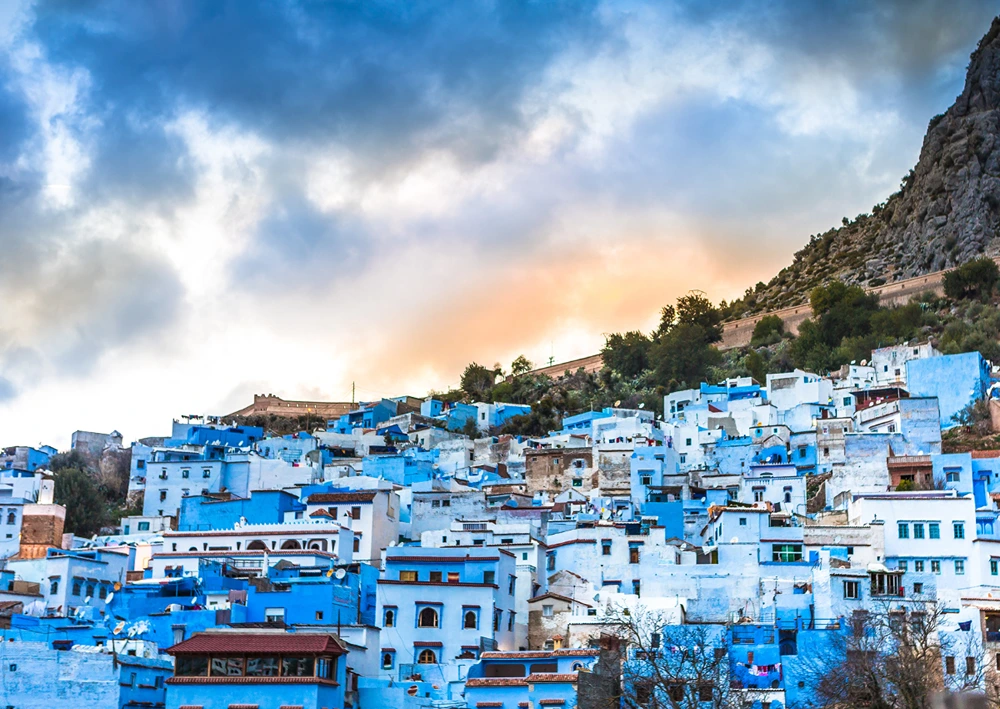
The Blue City: Chefchaouen
Chefchaouen, nestled in the Rif Mountains, is renowned for its distinctive blue-painted houses and Andalusian-influenced architecture. What makes Chefchaouen’s architecture unique? The blue hues that adorn the buildings, which are believed to symbolize the sky and heaven, creating a serene and picturesque atmosphere. Founded in 1471, the town was initially a fortress to fend off Portuguese invasions. Over the centuries, it has grown into a vibrant community, blending historical elements with modern cultural expressions. The narrow, winding streets of the Medina of Chefchaouen are filled with colorful shops, cafes, and artisan workshops, making it a haven for photographers and travelers alike.
Key Sites in Chefchaouen:
- Spanish Mosque
- Ras el Ma Washing Stations
- Kasbah Museum
Chefchaouen offers a unique cultural experience characterized by its vibrant art scene and traditional crafts. Visitors can explore numerous galleries showcasing local artwork, including intricate textiles and handmade pottery. The town is also famous for its traditional Moroccan crafts, such as leather goods and woven blankets. Engaging with local artisans provides a deeper understanding of Moroccan culture and craftsmanship. The relaxed pace of life in Chefchaouen, combined with its stunning natural surroundings, makes it an ideal destination for those looking to immerse themselves in Moroccan culture and history.
Agadir: Sun, Sand, and Sea
Agadir, a coastal city in Morocco, is famed for its sun-soaked beaches and vibrant seaside atmosphere. What makes Agadir’s beaches special? Their long stretches of golden sand and crystal-clear waters, ideal for both relaxation and a variety of water sports. The city caters to beach enthusiasts with numerous beach resorts offering luxurious amenities and stunning ocean views.
Activities in Agadir:
- Surfing and kite surfing
- Jet skiing
- Beach volleyball
For dining, Agadir boasts a diverse array of local restaurants serving delectable Moroccan cuisine. Visitors can savor fresh seafood dishes and traditional Moroccan meals, such as tagines and couscous. Accommodations range from high-end beach resorts to budget-friendly hotels, ensuring that all travelers can find a comfortable place to stay while enjoying the city’s coastal charm.
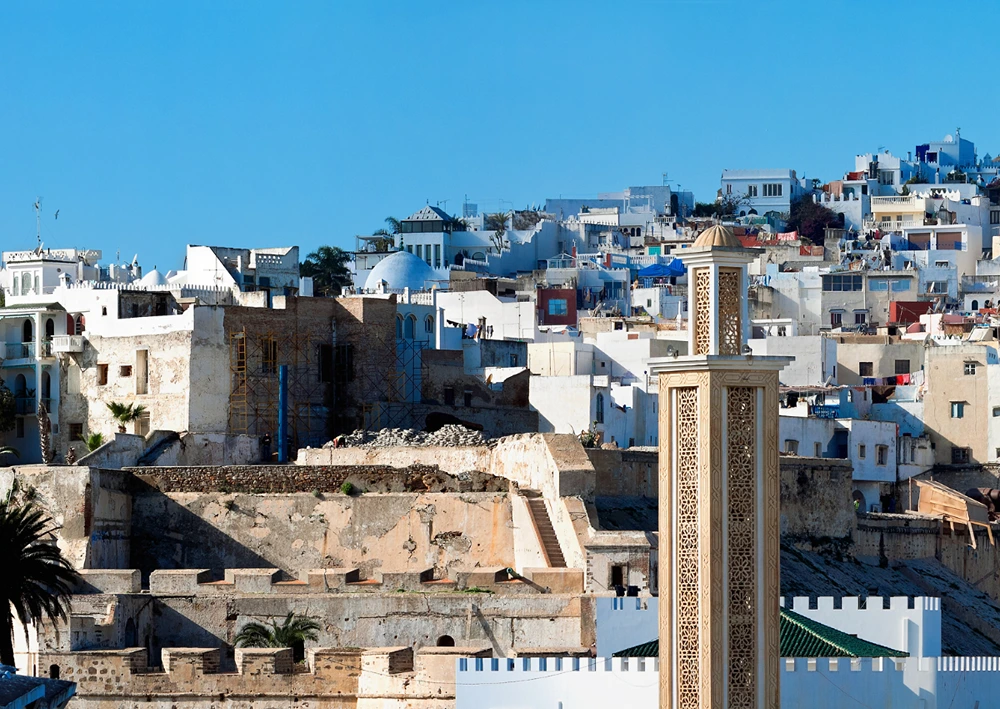
The Enchanting City of Tangier
Tangier, a historic port city located at the crossroads of Europe and Africa, is renowned for its rich blend of European and Moroccan influences. What makes Tangier historically significant? Its strategic position along the Strait of Gibraltar, which has made it a coveted location for various civilizations throughout history. The city’s medina, or old town, is a labyrinth of narrow streets and alleys, offering a glimpse into Tangier’s storied past. The Kasbah, a fortress overlooking the medina, provides panoramic views of the city and the sea, adding to its historical allure. The cultural tapestry of Tangier is further enriched by its diverse architectural styles, ranging from traditional Moroccan designs to European colonial structures.
Key attractions in Tangier include the bustling Grand Socco Square, a central hub where locals and tourists alike gather to experience the vibrant atmosphere. The American Legation, a historic building that houses a museum, is another must-visit site. Why is the American Legation important? It is the only U.S. National Historic Landmark located outside of the United States, highlighting the longstanding diplomatic relationship between Morocco and the U.S. The Caves of Hercules, located just outside the city, offer a natural wonder steeped in legend and myth, with stunning views of the Atlantic Ocean.
Unique experiences in Tangier abound, making it a compelling destination for travelers. Visitors can explore the lively souks, where traditional Moroccan crafts and goods are sold, providing a sensory overload of sights, sounds, and scents. For those interested in literary history, the city has been a haven for writers and artists, including famous figures like Paul Bowles and William S. Burroughs. Travel tips for Tangier include taking a guided tour to fully appreciate its historical sites and cultural nuances. Engaging with local guides can offer deeper insights into the city’s heritage and hidden gems. For a memorable stay, consider lodging in a riad, a traditional Moroccan house with an interior garden, which provides an authentic experience of Moroccan hospitality.
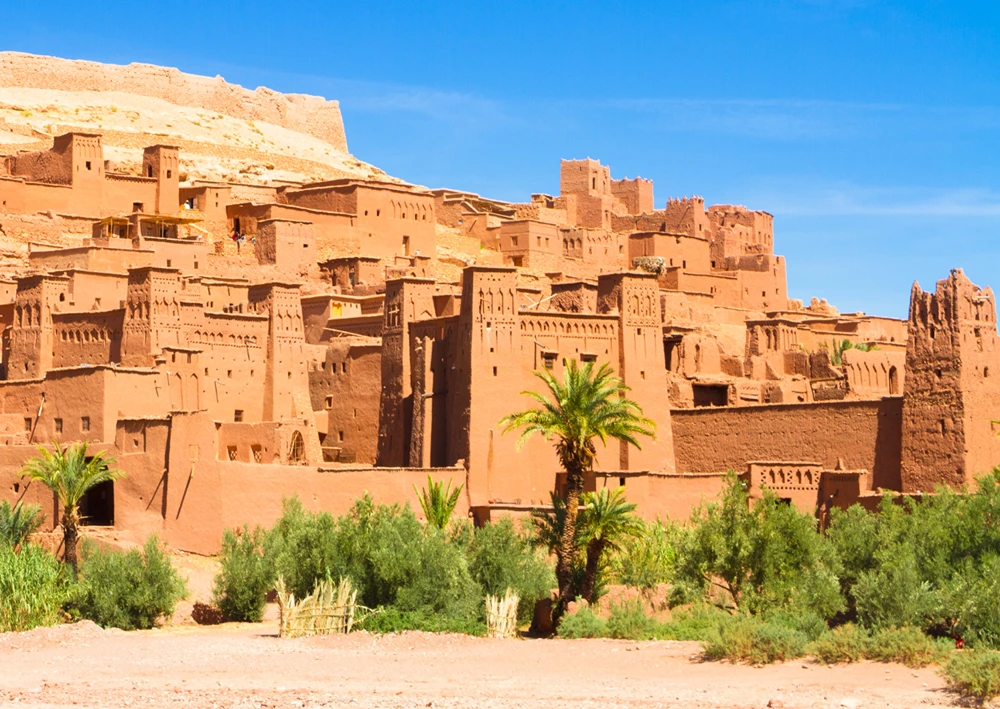
The Timeless Beauty of Ait Benhaddou
Ait Benhaddou is a UNESCO-listed ksar renowned for its traditional mud-brick architecture. What makes Ait Benhaddou architecturally significant? Its well-preserved structure, which showcases traditional Moroccan building techniques and serves as a prime example of southern Moroccan architecture. The ksar’s historical importance is highlighted by its role as a strategic stop on the ancient caravan route between the Sahara and Marrakech. This picturesque site has also gained fame as a filming location for movies like “Gladiator” and “Game of Thrones,” attracting both history buffs and film enthusiasts.
Key Highlights of Ait Benhaddou:
- Traditional Mud-Brick Architecture
- Filming Location for Popular Movies
- UNESCO World Heritage Site
Nearby Ouarzazate, often referred to as the “Gateway to the Sahara,” offers additional historical and cultural attractions. What can visitors expect in Ouarzazate? A blend of ancient kasbahs, film studios, and stunning landscapes. The Taourirt Kasbah and the Atlas Film Studios are must-visit sites, providing a glimpse into the region’s historical and cinematic significance. This proximity makes Ait Benhaddou and Ouarzazate a perfect combined destination for travelers looking to explore Morocco’s rich heritage and stunning scenery.
Rabat: The Capital City
Rabat, the capital of Morocco, has a rich history dating back to the 12th century. The city serves not only as the political center of the country but also as a cultural and historical hub. Rabat’s diverse architectural styles reflect its long and varied past, blending traditional Moroccan designs with French colonial influences.
Key landmarks in Rabat:
- Royal Palace of Rabat
- Kasbah of the Udayas
- Chellah
- Hassan Tower
The unique blend of historical and modern influences is evident throughout Rabat. Wide boulevards lined with modern buildings stand in contrast to ancient ruins and traditional structures. Visitors can enjoy a stroll along the Bouregreg River or explore the city’s bustling markets and vibrant cultural scene. The seamless integration of Rabat’s rich heritage with its contemporary lifestyle makes it a captivating destination for travelers.
Final Words
Experiencing the best places to visit in Morocco, from the lively streets of Marrakech to the historic depth of Fez, offers a rich blend of culture, history, and modernity. Travelers can immerse themselves in the vibrant souks, serene gardens, and architectural marvels of these cities.
Whether exploring the laid-back coast of Essaouira or the majestic dunes of Merzouga, each destination promises unique experiences. Embrace the diverse cultural and natural landscapes of Morocco, ensuring an unforgettable journey filled with discovery and wonder. Before you set off on your adventure, make sure you are familiar with the visa requirements for Morocco. Depending on your nationality, you may need to obtain a visa prior to arrival or be eligible for a visa-free entry. Understanding these requirements in advance can help you avoid any last-minute complications and ensure a smooth entry into the country. Proper preparation will allow you to focus on enjoying all that Morocco has to offer.
FAQ
- Marrakech
- Fez
- Casablanca
- Essaouira
- Merzouga (Sahara Desert)
- Chefchaouen
- Agadir
- Tangier
- Ait Benhaddou
- Rabat
Hazel Wall is a passionate traveler, writer, and explorer dedicated to sharing her experiences and insights with fellow adventurers. With a background in journalism and a deep love for discovering new cultures, Hazel has journeyed across continents, immersing herself in diverse landscapes and traditions.


